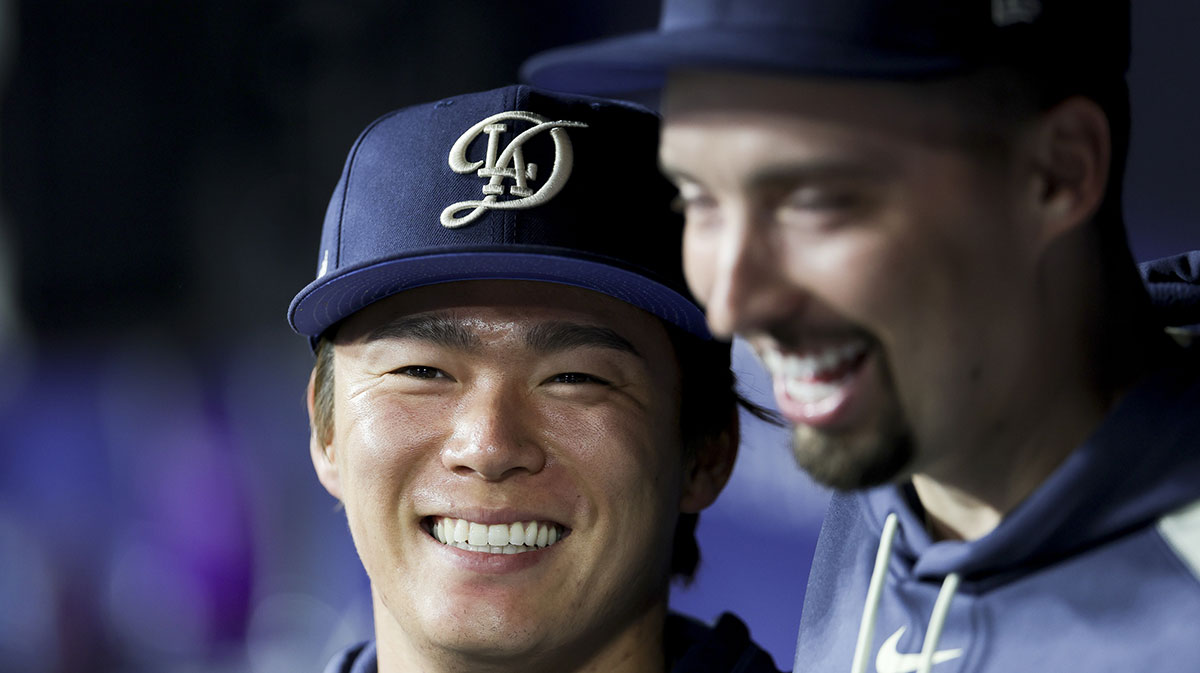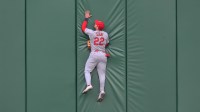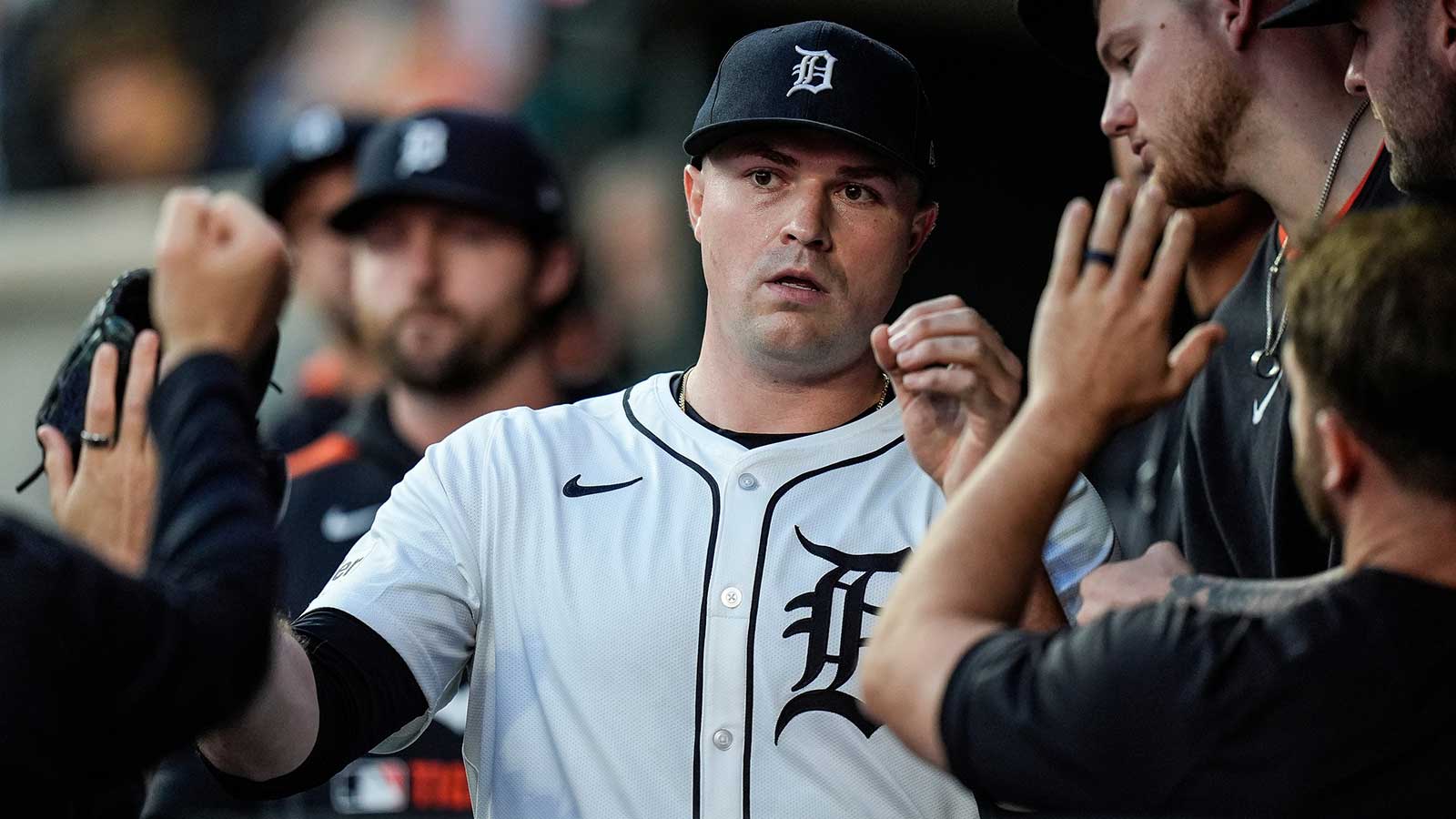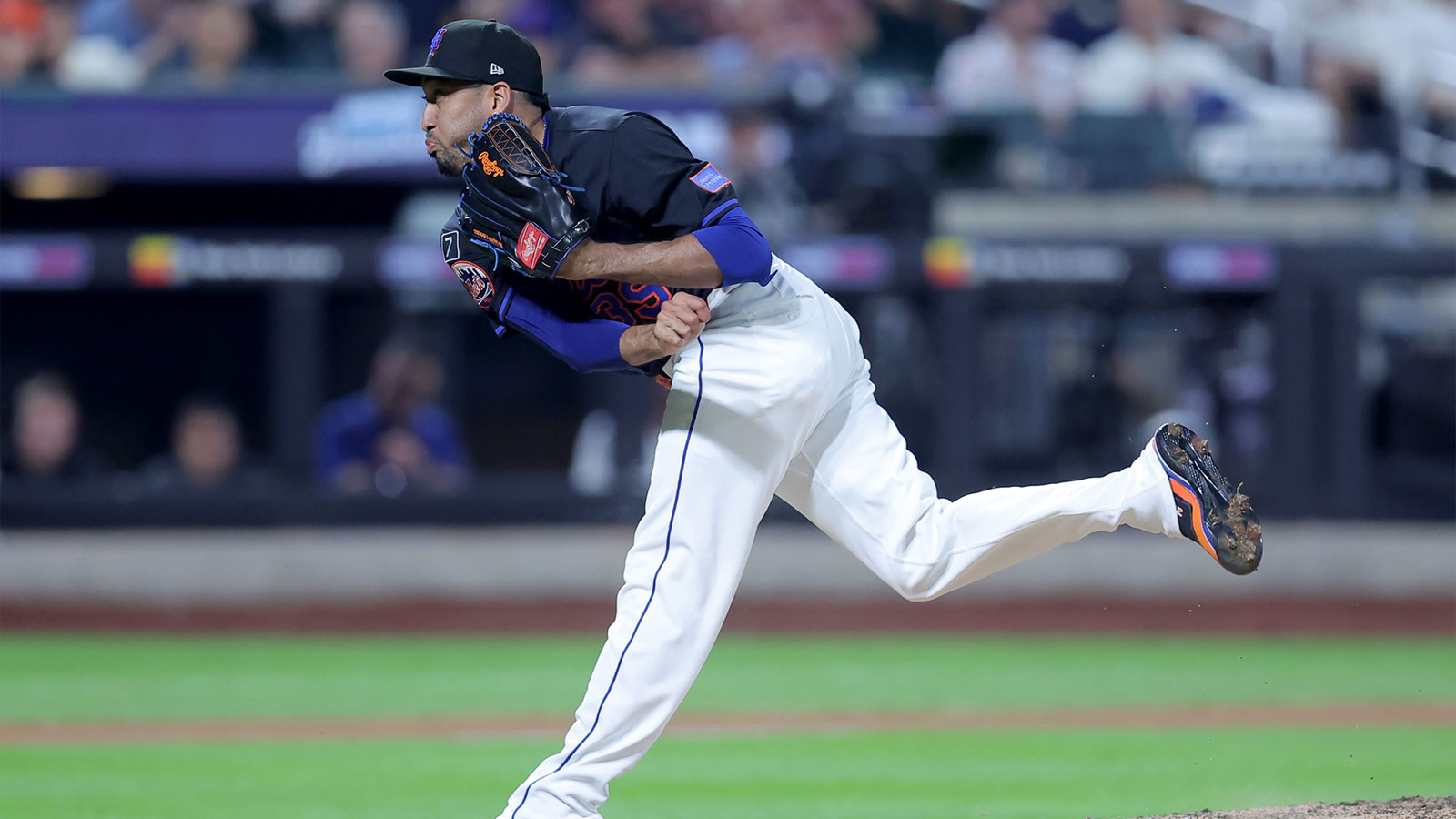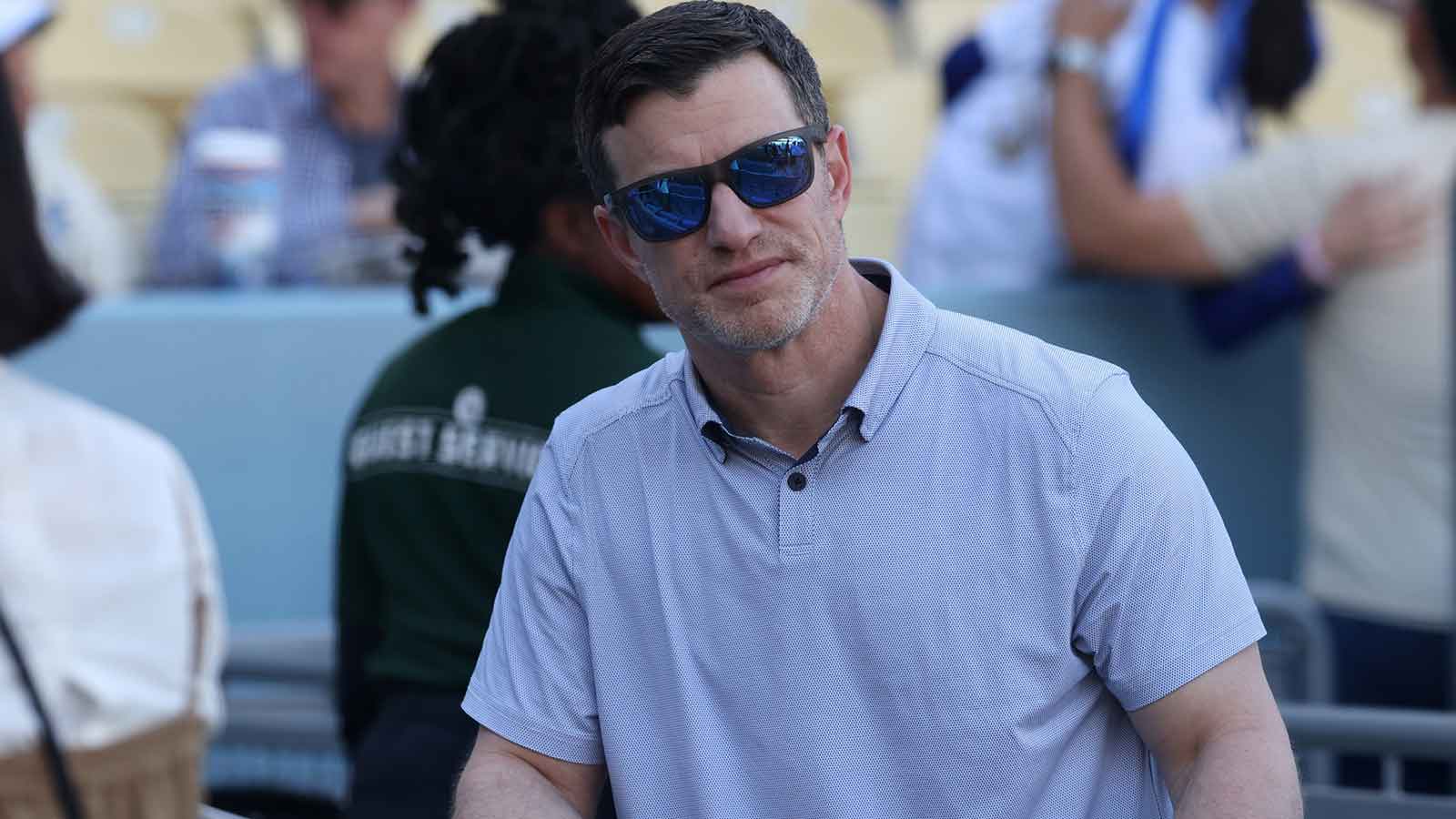The Dodgers are in good hands when Blake Snell and Yoshinobu Yamamoto are at their peak. In the Wild Card series, they both made MLB history by each securing nine strikeouts and fewer than five hits in back-to-back starts.
Now up 2-0 in the NLCS against the Brewers, Snell and Yamamoto achieved history together again by breaking a 119-year-old record, per Jayson Stark of The Athletic. Through the first two games of the NLCS, they both held the Brewers to four combined hits.
The last pitcher to do so was Mordecai (Three Finger) Brown of the 1906 Chicago Cubs who gave up only five hits. That year, the Cubs won 116 games and lost the World Series to the White Sox. In Game 1, Snell was on top of his game as he pitched eight innings, had 10 strikeouts, and gave up one hit.
On Monday, Yamamoto pitched a complete game in which he gave up three hits, struck out seven, and gave up only one earned run.
Furthermore, Snell and Yamamoto joined an elite company of another great Dodgers pitching duo. In 1981, Fernando Valenzuela and Jerry Reuss pitched eight innings or more in the first two games of the NLDS.
That year, they won the World Series for the first time since 1959.
The 2025 Dodgers have the Koufax/Drysdale duo of their time
It's hard to think of anyone being compare to Sandy Koufax and Don Drysdale. After all, they were the elite left/right pair of their time before Tip O'Neill and Ronald Reagan. In the 1960s, they helped lead the Dodgers to three pennants and two World Series titles in 1963 and 1965.
Altogether, they accumulated 5,000 innings pitched and around 4,300 strikeouts. In 1966, Koufax and Drysdale were joined at the hip during their famous holdout demanding better contracts.
Fast forward to 2025 and Snell and Yamamoto are carrying on that tradition. They have formed a tight bond in many ways, per Fabian Ardaya of The Athletic.
Both come from different worlds and there is a language barrier in place, but they have study each other's craft intensely. Their relationship can be best described as whenever to find one, look for the other one.

